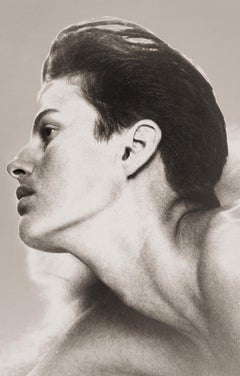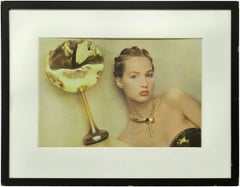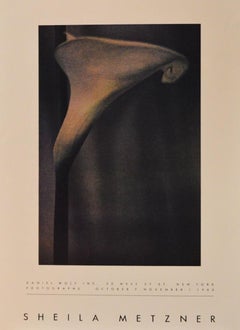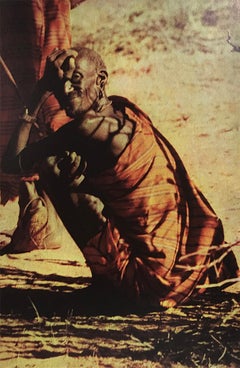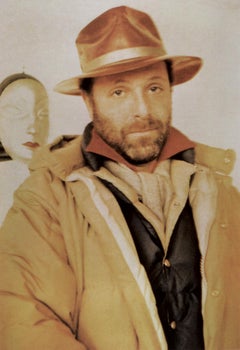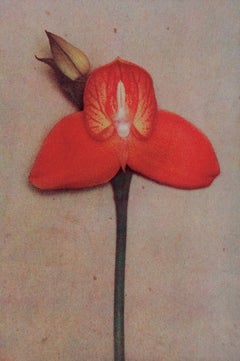Sheila Metzner Art
1980s Other Art Style Sheila Metzner Art
Silver Gelatin
1980s Modern Sheila Metzner Art
Photographic Paper, C Print
1980s Sheila Metzner Art
Lithograph
1990s Other Art Style Sheila Metzner Art
Color
1970s Sheila Metzner Art
Photographic Paper
1990s Sheila Metzner Art
Photographic Paper
1980s Sheila Metzner Art
Photographic Paper
1980s Sheila Metzner Art
Photographic Paper
1990s Sheila Metzner Art
Photographic Paper
1980s Sheila Metzner Art
Photographic Paper
1980s Sheila Metzner Art
Photographic Paper
1980s Sheila Metzner Art
Photographic Paper
1980s Sheila Metzner Art
Photographic Paper
1980s Sheila Metzner Art
Photographic Paper
1980s Sheila Metzner Art
Photographic Paper
1980s Sheila Metzner Art
Photographic Paper
1990s Sheila Metzner Art
Photographic Paper
1990s Sheila Metzner Art
Photographic Paper
1990s Sheila Metzner Art
Photographic Paper
1980s Sheila Metzner Art
Photographic Paper
1980s Sheila Metzner Art
Photographic Paper
1990s Sheila Metzner Art
Photographic Paper
1980s Sheila Metzner Art
Photographic Paper
1980s Sheila Metzner Art
Photographic Paper
1980s Sheila Metzner Art
Photographic Paper
1980s Sheila Metzner Art
Photographic Paper
1980s Sheila Metzner Art
Photographic Paper
1980s Sheila Metzner Art
Photographic Paper
1990s Sheila Metzner Art
Photographic Paper
1990s Sheila Metzner Art
Photographic Paper
1990s Sheila Metzner Art
Photographic Paper
Early 2000s Sheila Metzner Art
Photographic Paper
1980s Sheila Metzner Art
Photographic Paper
1980s Sheila Metzner Art
Photographic Paper
1990s Sheila Metzner Art
Photographic Paper
Early 2000s Sheila Metzner Art
Photographic Paper
1980s Sheila Metzner Art
Photographic Paper
1980s Sheila Metzner Art
Photographic Paper
1980s Sheila Metzner Art
Photographic Paper
1980s Sheila Metzner Art
Photographic Paper
1980s Sheila Metzner Art
Photographic Paper
Early 2000s Sheila Metzner Art
Photographic Paper
1980s Modern Sheila Metzner Art
Photographic Paper
1980s Modern Sheila Metzner Art
Photographic Paper
1990s Contemporary Sheila Metzner Art
Photogravure
Early 2000s Sheila Metzner Art
Color
Early 2000s Sheila Metzner Art
Color
1990s Sheila Metzner Art
Color
1990s Sheila Metzner Art
Black and White
1980s Sheila Metzner Art
1980s Sheila Metzner Art
Color
1990s Sheila Metzner Art
Color
1980s Sheila Metzner Art
Color
1990s Sheila Metzner Art
Color
1980s Sheila Metzner Art
Color
1990s Sheila Metzner Art
1980s Sheila Metzner Art
1990s Sheila Metzner Art
1980s Sheila Metzner Art
Color
Early 2000s Sheila Metzner Art
Color
